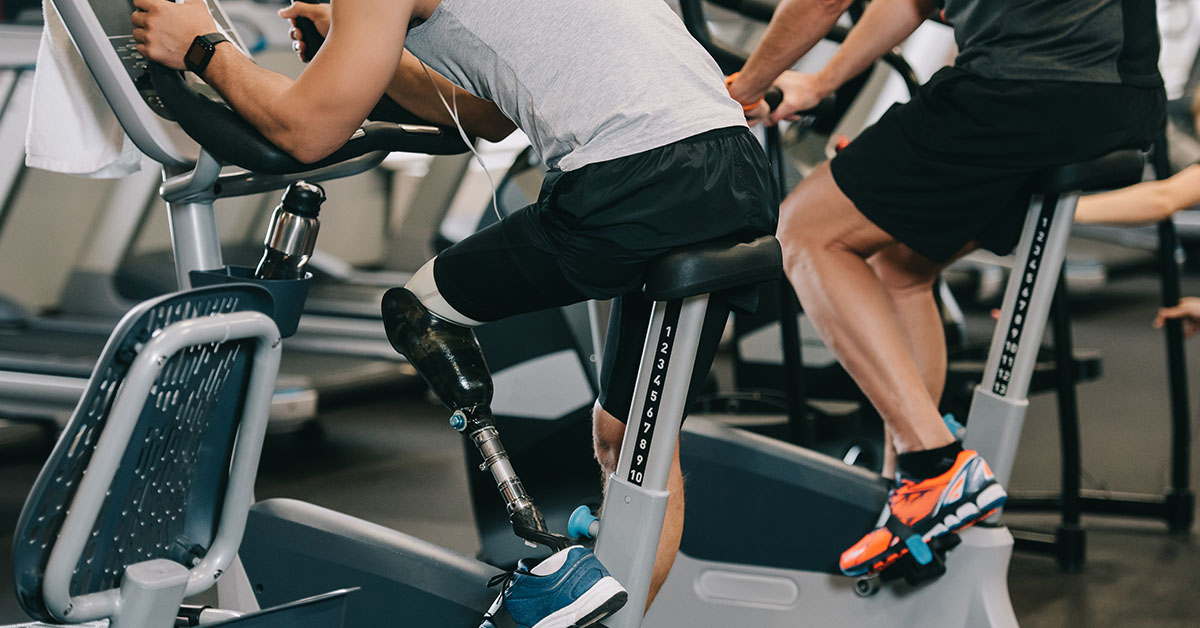
Aerobic Exercise
The term "aerobic exercise" might make you think of a room full of sweaty people led by a shouting instructor, all stepping, kicking, and punching the air to a thumping soundtrack.
According to the Centers for Disease Control and Prevention, the real definition is "activity in which the body's large muscles move in a rhythmic manner for a sustained period of time. Aerobic activity, also called endurance activity, improves cardiorespiratory fitness."
So, it's not about high kicks, loud music, sweatbands or spandex - it's about moving your muscles to improve your health. If you're one of the many people who suffer from back pain, take heart. It is possible to get the aerobic exercise you need without risking more pain or injury.
As always, check with your doctor before starting a new exercise program; if you can make a habit of low-impact exercise activity, the potential benefits are significant. Here are some low-impact exercise ideas that are typically easy on the back:
Walking
Walking two to three miles three times per week is gentle on the back, and doesn't require special equipment beyond an appropriate pair of shoes. Walk indoors or out, or even on a treadmill.
Bicycling
Whether on the road (with a properly fitted safety helmet), at home on a stationary bike, or at the gym in a 'spin' class, cycling is a proven way of moving the muscles and improving cardiovascular health.
Elliptical trainer or stair machine
The smooth step or elliptical gliding motion of these machines will give you the aerobic workout of jogging without the pavement-pounding stress that can set off back, knee, or foot pain. Most machines have variable resistance, and pre-programmed workouts that alternate higher and lower levels of activity. Elliptical trainers add moving handles for upper body exercise.
Water aerobics
OK, you can have your music and your spandex in the pool, without the jumping around that can cause or aggravate back pain! The buoyance and resistance offered by water aerobics routines is a plus.
Meet your target heart rate
Work with your doctor or your trainer to set a target heart rate1, and make sure your exercise activity stays in the target zone. Elevating the heart rate for at least 20 minutes is the way to build cardiovascular strength, burn calories, and make real progress in fitness.
1Target heart rate depends on your individual health and level of conditioning, but a general range would be your age subtracted from 220. For example, a 45 year-old in good health should aim for a target pulse rate of 170-175 (220-45=175).


